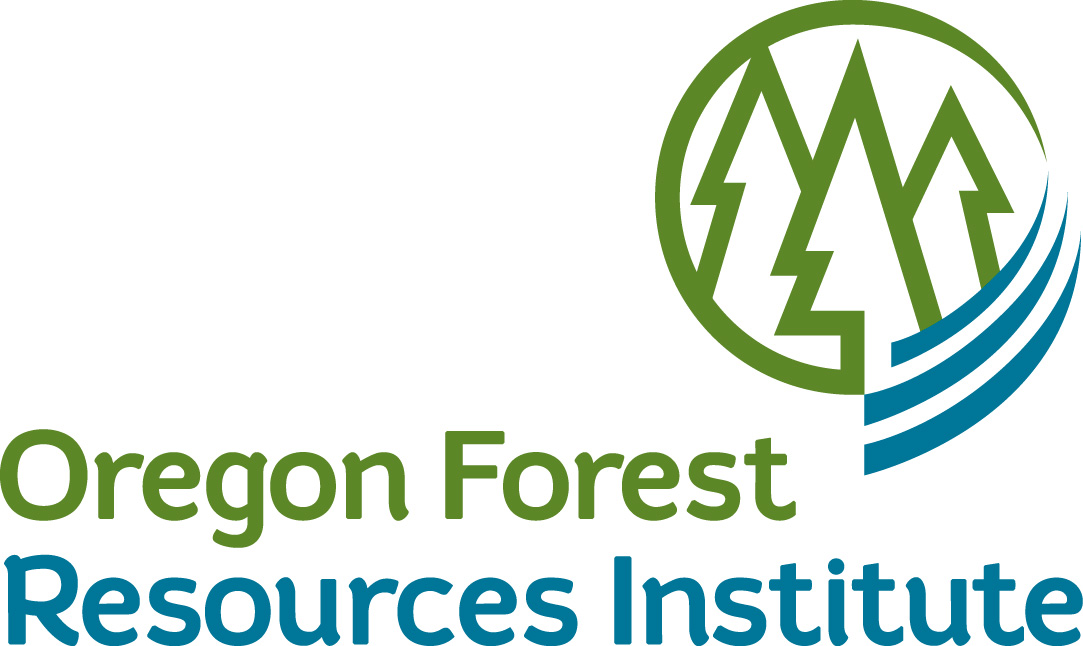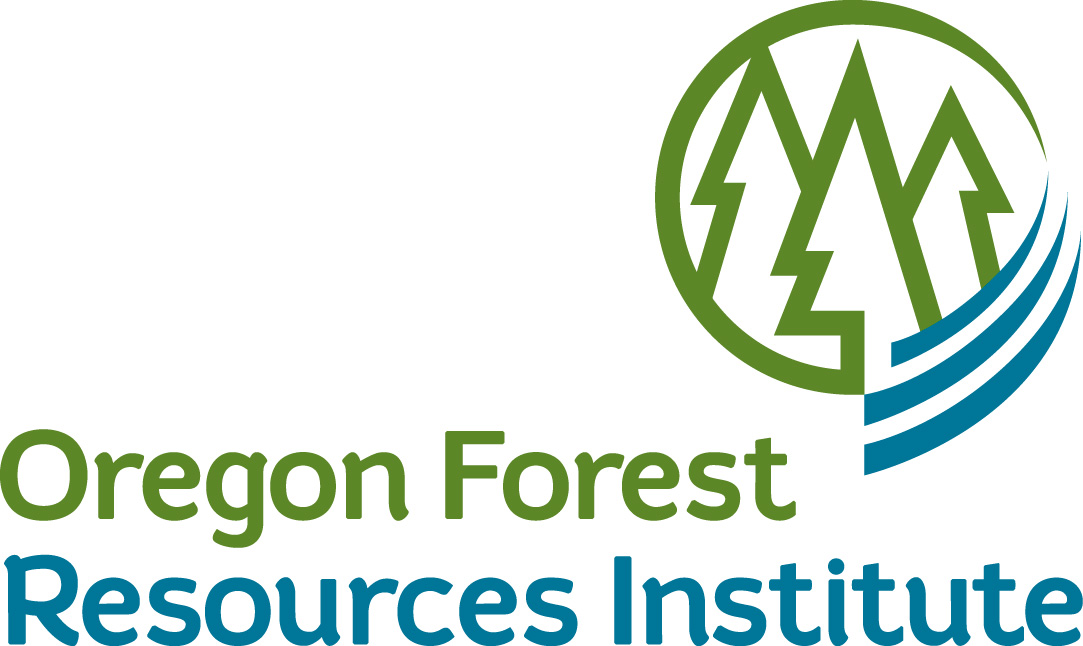SAF Learning
2016 Forestry Systems: Agroforestry, Private Forestry, and Urban & Community Forestry Conference Recordings
-
You must log in to register
- Non-member - Free!
- Member - Free!
View these 16 presentations under the Contents tab:
Agroforestry
PA Agroforestry: Learning, Connecting, Getting it Done, Rachel Reyna, PA DCNR Bureau of Forestry
Private Forestry - Family Forest Owners
Landowner Support of Voluntary Projects to Restore Salmon Habitat in Oregon, Daniel Olson, Oregon Department of Forestry
Business Practices Among Oregon Family Forestland Owners, Brenton French, Oregon State University
Woodland Owner Engagement Research and Practice: A Brief Review, Eli Sagor, University of Minnesota
Family Forest Owners in the Wisconsin Northwoods: Outreach and Engagement Strategies, Melinda Vokoun, University of Wisconsin-Stevens Point
Strengthening Partnership, Building Capacity, and Fostering Learning with Evaluation, Alanna Koshollek, Aldo Leopold Foundation
Woodcock and Warblers: Using Interest in Wildlife to Engage Private Forest Landowners, Jeremy Holtz, Wisconsin Department of Natural Resources
Target Marketing to Private Forest Landowners for Turkey Habitat Management, Rick Horton, National Wild Turkey Federation
Effectively Reaching Unengaged Woodland Owners through My Wisconsin Woods, Steve Swenson, Aldo Leopold Foundation
University of Wisconsin Extension Landowner Engagement Strategies in the Drifltess Area, Randy Mell, UW Extension
Pathways to Progress in Landowner Engagement Strategies: Applied Insights and Panel Discussion, Tricia Knoot, Wisconsin DNR
Assessing Differences Among Private Forest Owners: The Impact of ‘Legacy’ Ownerships, Donald Hodges, University of Tennessee
Urban & Community Forestry
The "10-20-30 Rule" Revisited: Is it a Useful Standard for Urban Forest Diversity?, Mark Ambrose, NC State University
Regional Goals - Local Action, Lydia Scott, Chicago Region Trees Initiative (The Morton Arboretum)
Estimating the Willingness to Preserve Open Space in Coastal Waterfronts, Ram Dahal, Mississippi State University
Urban Forest Assessments and Urban Tree Use: Lessons Learned from MN, NC, and VA, Kathryn Fernholz, Dovetail Partners
Key:
Browser Recommendation
Use Chrome, Firefox, Edge, or Safari.
DO NOT USE Internet Explorer.
Quick Search
Customer Support
If you need assistance with registration, accessing a ForestEd product you purchased, or other customer service-related issues, please email ForestEdSupport@safnet.org during normal office hours: Monday - Friday, 9:00 am - 5:00 pm ET.
Sponsors
ForestEd Suggestion Box
Technical Support
For technical support, email ForestEdSupport@safnet.org



